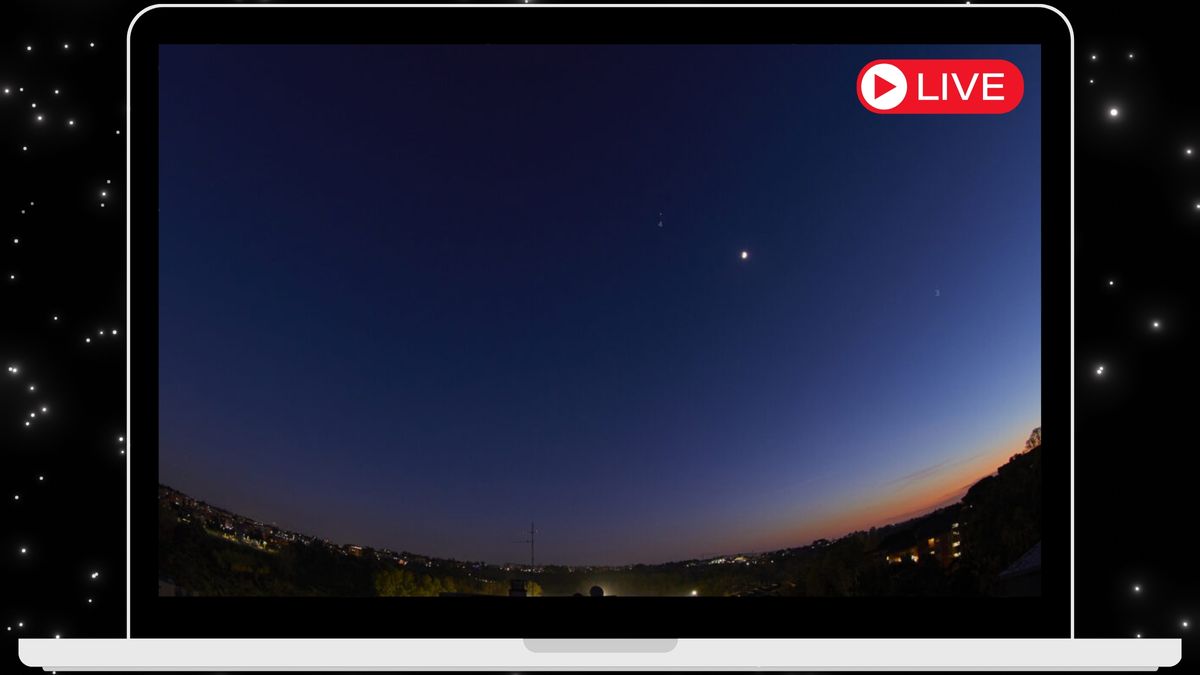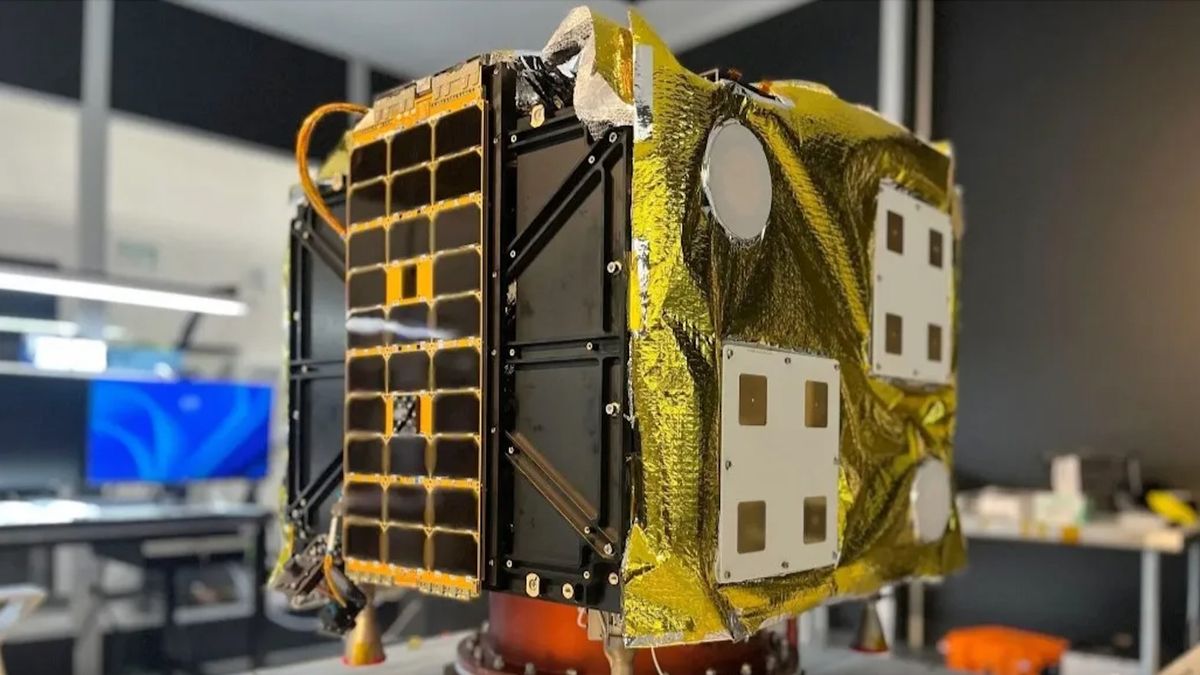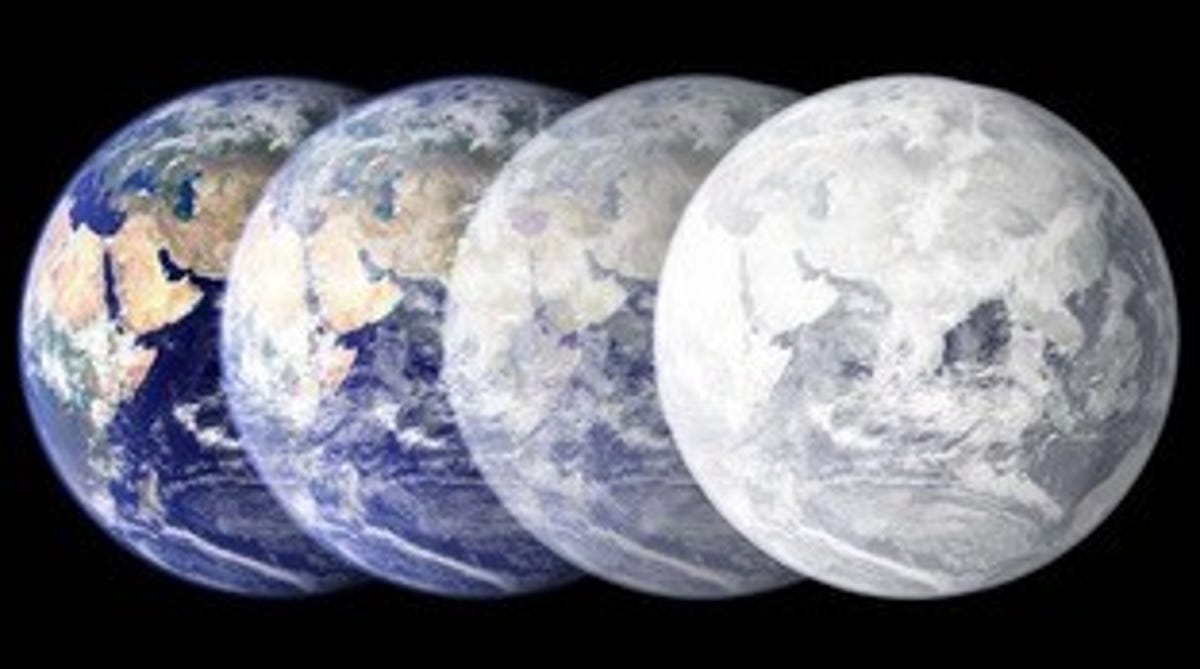

Today, a remarkable “planetary parade” featuring seven planets will align, offering a unique opportunity to watch it live online.
The celestial bodies in the spectacle include Mercury, Venus, Mars, Jupiter, Saturn, Uranus, and Neptune, alongside the Moon. This awe-inspiring alignment will take place shortly after dusk tonight (February 28). While the majority of these planets can be admired with the naked eye, a telescope will enhance the viewing experience significantly. Additionally, you can enjoy this captivating planetary alignment via a complimentary live stream hosted by the Virtual Telescope Project in Italy.
Astrophysicist Gianluca Masi will begin streaming live views of the planets in their aligned positions at 12:00 p.m. ET (1700 GMT). You can watch the broadcast right here on Space.com, courtesy of the Virtual Telescope Project, or directly on their WebTV page or their YouTube channel.
According to Masi, “Such a parade occurs occasionally, and we are excited to share this event with people worldwide,” as stated in a recent announcement about the live broadcast.
While many of these planets have been visible in the night sky since January, Mercury is the last to join the group, reaching its zenith above the horizon. The seven planets will be visible together for a few days before Mercury and Saturn descend below the horizon and become difficult to spot.
This type of planetary alignment, known as a planetary parade, occurs due to the planets’ orbits around the sun, which lie in a relatively flat, disk-shaped plane. While it’s not unusual to observe multiple planets simultaneously, an alignment of all seven at once is a rare occurrence. The next opportunity to witness such a display won’t occur until 2040.
To catch a glimpse of the seven planets in the sky, it’s advisable to choose a location with minimal light pollution and clear skies. While five of the planets are bright enough to be seen without any instruments, a telescope or a high-quality pair of binoculars will be necessary to observe Uranus and Neptune, as these planets are the most distant from Earth and appear considerably dimmer in the night sky.
With telescopes positioned in scenic southwestern Tuscany, the Virtual Telescope Project benefits from optimal viewing conditions, allowing for clear views of the planetary parade. Make sure to tune into the live stream shortly after sunset, when all seven planets will be clearly visible.









